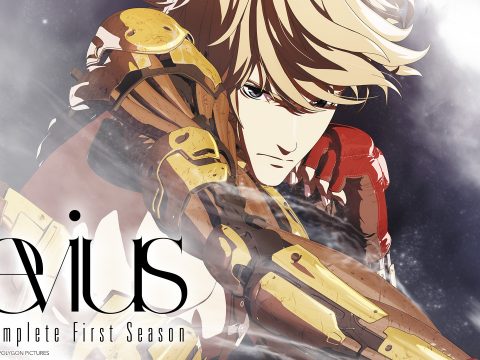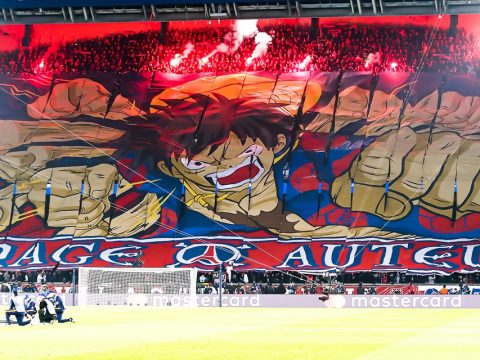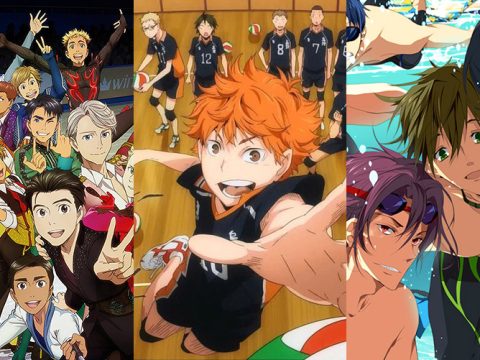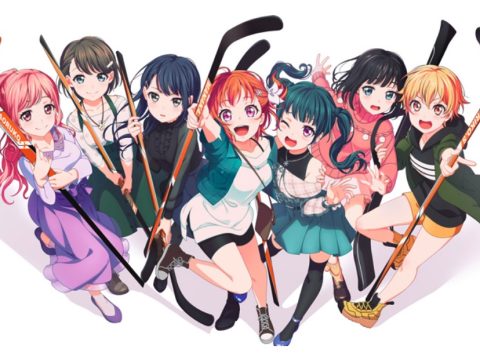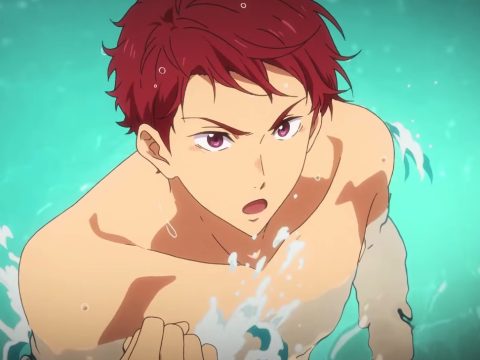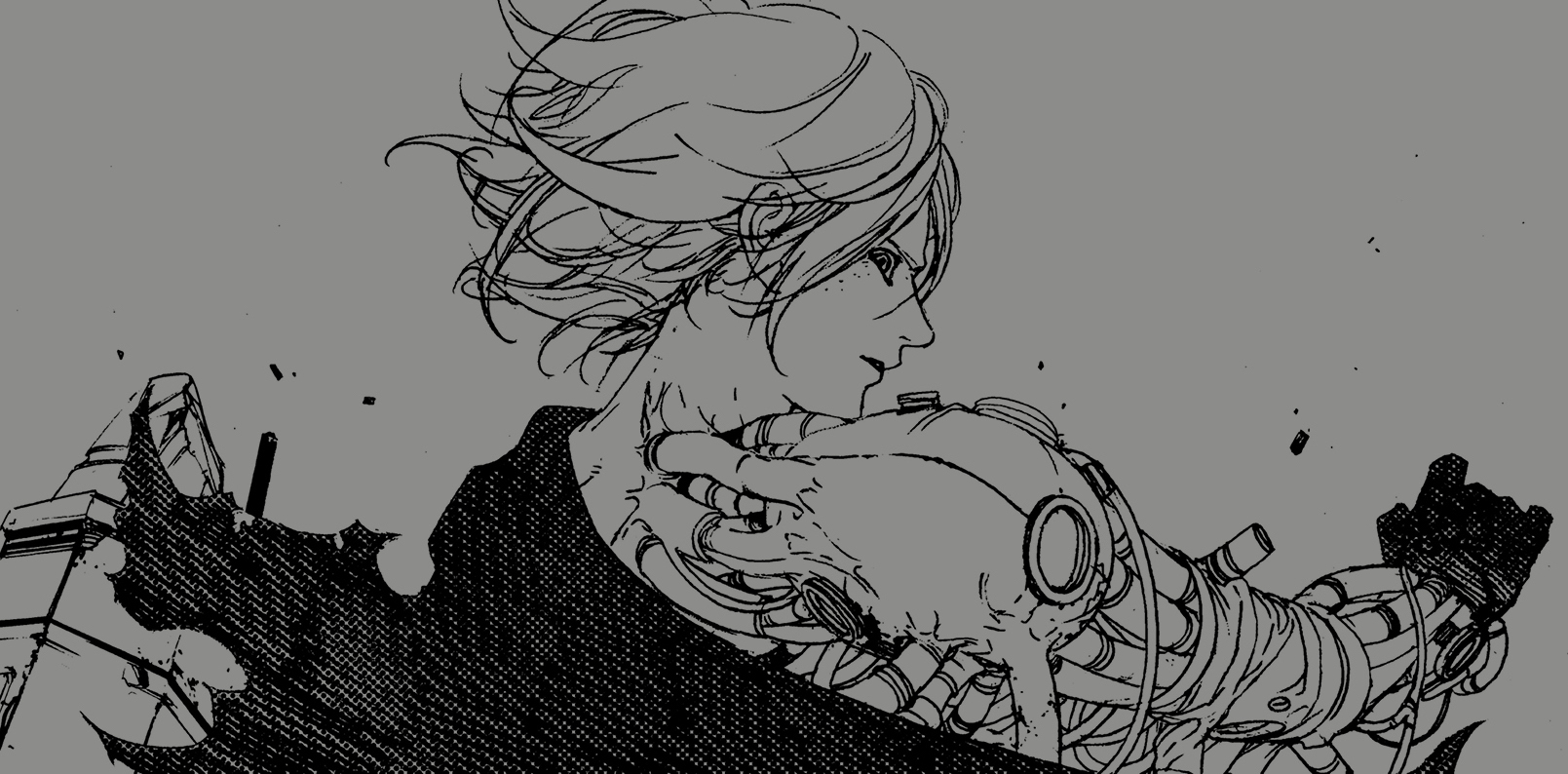
Levius is a young man who’s been through some pretty hard things. His world is full of war, his father was killed, and his mother went into a coma trying to rescue him. Thanks to his mother he survived, but his one human arm was replaced by a mechanical one.
Thankfully for Levius, he has an outlet in MMA. No, I’m not talking mixed martial arts. This is mechanical martial arts, and it’s controversial not only because people can pay to get better (that is, they buy more mechanical body parts), but also because of its extremely high death toll. Despite this Levius is determined to fight, and to even help other fighters. The world this takes place in is its own creation: while being referred to as the nineteenth century of the “Era of Rebirth,” it seems to occur in the future, yet the cars and some of the clothing more closely resemble the early 1900s.
Levius’s oddball uncle Zack, who takes Levius under his wing after losing both parents, becomes the boy’s MMA trainer. As expected for a manga about martial arts, there’s a lot of fighting. I mean a lot of fighting. If you’re not into manga with repeated and lengthy fight scenes, this is probably not for you. If you like manga full of fight scenes, well, this is a feast of action sequences. There are details on how to fight, analysis on how fighters work, and even a nod to the Olympics of ancient Greece as being an influence on MMA.
The art is really terrific, very detailed and fine, and several pages are in color. The book comes in a nice hardcover package, totaling just under 670 pages. Unlike most manga, it reads left to right, and might be a marketing move to bring in new manga readers who are fans of the anime. That’s because while the anime hasn’t launched yet, it’s already gotten quite a bit of press, and will begin streaming on Netflix later this year.
Story & Art: Haruhisa Nakata
Publisher: VIZ Media
_____
Danica Davidson, along with Japanese mangaka Rena Saiya, is the author of Manga Art for Intermediates. In addition to showing how to draw manga character types in detail, the book describes how professional Japanese manga creators work, including common techniques and what drawing utensils they use.



